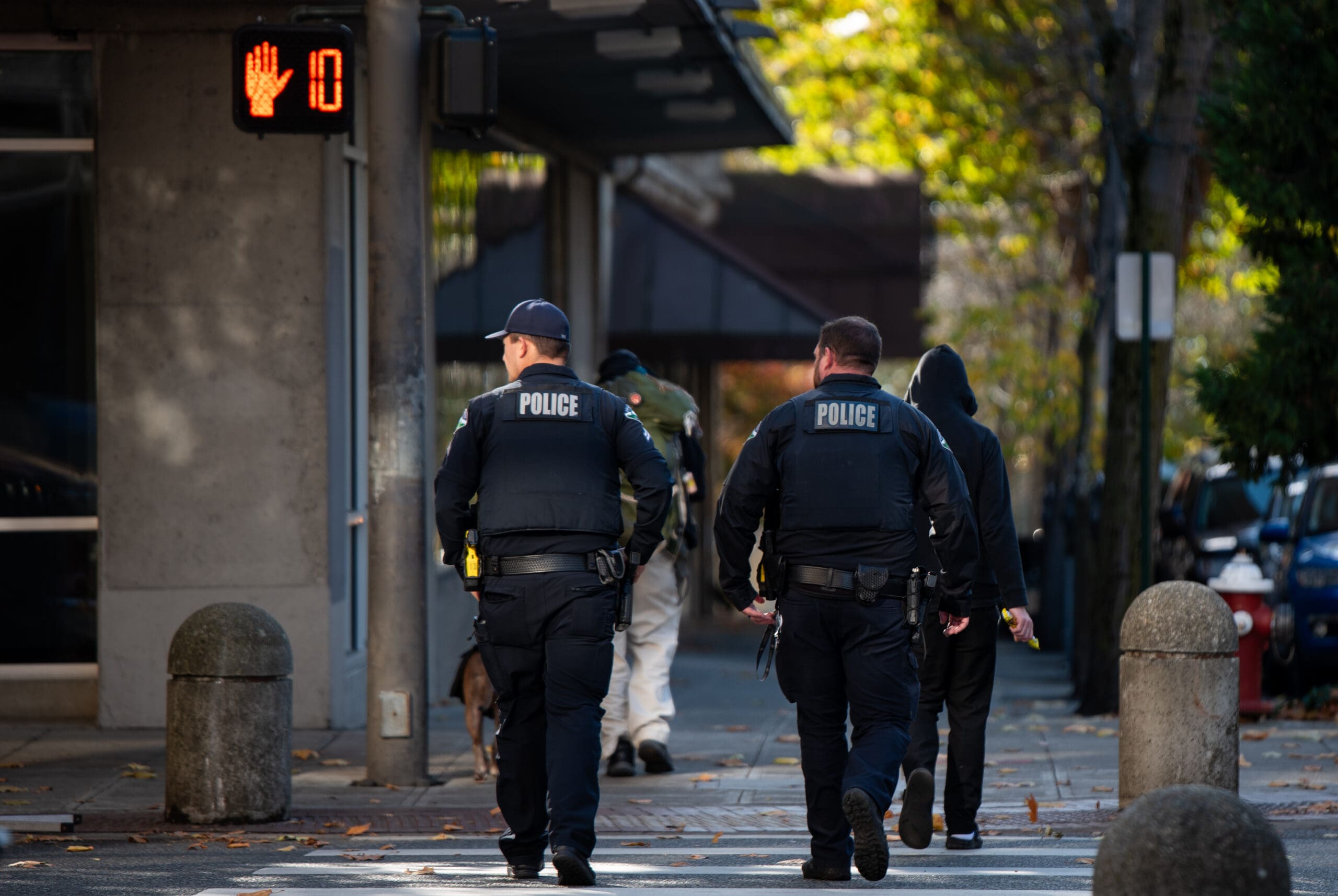
Photo Courtesy of Margaret Johnson: MargJohnsonVA – stock.adobe.com
In recent news, numerous states – including Washington State – are adopting some form of oral fluid specimen use in DUI cases. These technological advancements will transform how law enforcement agencies detect and prosecute DUI cases.
WHAT IS ORAL FLUID TESTING?
Oral fluid testing for DUI involves police using a swab to collect a saliva sample from a driver at a traffic stop to quickly screen for recent drug use (marijuana, cocaine, opioids, etc.) Oral fluid tests help establish probable cause for impairment in addition to field sobriety tests. They’re advocayed as fast, non-invasive tools to detect active impairment, complementing blood/urine tests by showing recent use, not just past usage.
WHICH STATES ARE ACTIVELY USING ORAL FLUID TESTING?
Alabama initially conducted a pilot program established by the Alabama Department of Forensic Sciences and later transitioned to a permanent oral fluid toxicology program. Alabama’s field screening devices test for marijuana, cocaine, methamphetamine, amphetamine, opioids and benzodiazepines. Oral fluid devices are administered at roadside in a screening capacity to confirm any suspicion of drug use after law enforcement conducts a standardized field sobriety test. The results help obtain a search warrant to collect blood or oral fluid for a laboratory test that would provide evidence for trial.
Law enforcement officers in Indiana began using roadside screening around the state in December 2020 to build probable cause and determine whether or not to call for a DRE. Data collected through the program will be used to evaluate a possible expansion.
The Michigan legislature (Public Act 242 and 243 of 2016) authorized state police to develop an oral fluid pilot program. The initial pilot was conducted in five counties and used DREs to administer the oral fluid test. Unlike previous programs (like the three-year pilot program in Colorado that began in March of 2015), this program was not voluntary as drivers were not given the option of opting out from providing a sample. The program was extended for a second year and expanded statewide. Michigan State Police released a report concluding it found oral fluid testing accurate for purposes of preliminary roadside testing.
Vermont (SB 54) amended its implied consent law to include the testing of saliva in 2020 for evidentiary purposes only. Law enforcement officers can now require a person to submit to a saliva test when they have reasons to believe that they are under the influence of drugs or a combination of drugs and alcohol. Saliva samples cannot be taken at roadside and must be analyzed in a laboratory.
HAS WASHINGTON STATE EMBRACED FLUID TESTING?
Yes. In 2024, the Legislature enacted RCW 46.61.5062. This statute, which goes into effect January 1, 2026, allows law enforcement agencies to utilize “oral fluid roadside information” as part of DUI enforcement. Law enforcement agencies must ensure the following:
- The oral fluid test instrument(s) used must be valid and reliable;
- Any officer who administers an oral fluid test is properly trained in the administration of the test;
- Prior to administering the test, the officer advised the subject of the following information:
-
- The test is voluntary and does not constitute compliance with the implied consent requirement of RCW 46.20.308;
- Test results may not be used against a person in a court of law; and
- Submission to the test is not an alternative to any evidentiary breath or blood test; and
- The law enforcement agency establishes policies to protect personal identifying information from unnecessary and improper dissemination including, but not limited to:
-
- Destruction of biological samples from oral fluid tests as soon as practicable after collection of test results; and
- Prohibition against entering DNA samples or results from such tests into any database.
CONCERNS ABOUT ORAL FLUID TESTING
Drugs do not affect users uniformly or in a manner that is easy to measure. Differing characteristics of the drug, of the user, and of the circumstances in which the drug is used renders distinguishing between presence of drugs and impairment by drugs an opaque endeavor. There are no consistent standards in the manufacture of oral fluid tests. The lack of industry-wide consensus reflects research challenges like dearth of quality studies and information challenges. Finally, laws concerning the use of oral fluid tests are inconsistent across all 50 states.
LEGAL ARGUMENTS AND CHALLENGES
Challenges can be made from collection, preservation, and chain of custody to accuracy of results. Other challenges include the effect of methods of consumption on results, factors affecting the presence of a substance in one bodily fluid while being absent in another, and whether the results even indicate impairment.
Please contact my office if you, a friend or family member are charged with DUI or any other crime. Hiring an effective and competent defense attorney is the first and best step toward justice.














